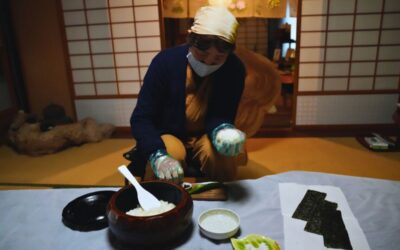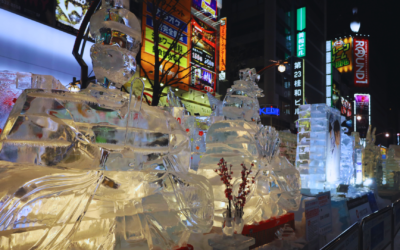Japan has one of the leading economies in the world and has one of the highest average costs of living. Many people get worried before visiting or moving to Japan, thinking that it would be extremely expensive. The good news is, that if you want to live affordably, there are different ways to help you save money in Japan. If you’re wondering exactly how to save money in Japan, you’re at the right place. Here are tips to cut down on living expenses.
16 Genius Tips to Save Money in Japan
1. Instead of going to convenience stores, shop in drug stores or 100yen shops.

Big 100-yen companies such as Daiso and Seria have everything from food, beauty products, household goods, and decorations to kitchen products, all selling for 100 yen. It’s good to purchase little bits and bobs for your home and daily life. You can buy so much for so little, and it’s a great way to save money in Japan.
There are 100-yen shops of all sizes in town. From local shops to commercial 100-yen shops, there are many options for you. You can find the biggest 100-yen shop in downtown Tokyo right next to Funabashi station, so remember to bring a big bag!
Besides medicine, drug stores in Japan sell all kinds of other things like food, household goods, beauty products, and everyday items. Items sold in drug stores are cheaper than in convenience stores, so if you are looking for snacks or any everyday item, it’s a good opportunity to put them in your basket along with any self-care products.
2. Go to Nitori or Ikea for cheap furniture.
Nitori is the largest furniture and home furnishing chain in Japan. There is an online store where you can get home delivery service, or you can go and see the furniture yourself at the many stores around Tokyo.
They have a wide variety of products at good prices, so you can definitely buy your home goods on a budget. All the measurements and weight are listed on the product tags, so you can ensure everything fits in your room.
Nitori also provides a point system where you can gain points for every item you buy and later use these points to buy other things in the points programme.

Similarly to Nitori, Ikea is a great place to buy cheap furniture, with three different Ikeas based in very convenient locations: Shibuya, Harajuku, and Shinjuku. The Ikea in Tachikawa is the biggest in Tokyo. If you’re looking to fully explore all your options, check out this Ikea, which is about 30 minutes away from central Tokyo.
Ikea is also well-known for its cheap food, so after you are done shopping, you can treat yourself to a 150-yen hotdog. Additionally, because the food here has become so popular internationally, you can buy the frozen versions in-store very cheaply too.
3. Use cheap mobile companies.

Most people sign a 2-year, 3-year contract with huge companies like SoftBank, AU, or Docomo. Yes, these companies are huge, but it doesn’t mean they have the best plans for you.
In fact, many other mobile companies offer sim cards, pocket wifis, and home wifi at a lower cost. If you switch from a major carrier to a cheap SIM, the monthly usage fee may be reduced to half or even less.
Many of these smaller carriers use the same network as these massive companies, so in many cases, you don’t have to worry about speed or coverage. They also tend to offer more flexibility for your contract, in terms of length and cancellation fee. Just make sure to check the information before you commit to a contract.

When you sign up for a mobile company, you might be offered multiple additional options for discounts or to go along with your subscription. You may still be paying these fees even though you are not using the options, so check the billing statement and cancel the unnecessary options. Be aware that some support-related options might be needed, so check the details carefully before cancelling.
Another great way to save money in Japan is, if your mobile plan gives you a lot of data, you might not need to install wifi at home. You can also consider increasing the data limit of your mobile plan and using tethering for your laptop or other devices instead of getting separate wifi for home.
This is not for everyone, but if you have 100GB per month on your phone, that is a lot of data, and you might be able to use this instead of getting separate wifi. Look into how much traffic you normally use and review your mobile plan accordingly.
4. Buy food right before shops close for their discounts.

This is a great way to buy cheap food for 10%, 20%, and sometimes even 50% off. It depends on the shop, but most places start offering discounted items from around 6 pm onwards. Many of the foods are made fresh on that day and need to be sold, so they reduce the price to clear the product.
Sometimes, you can even find food items that don’t expire for another day or two with a discount sticker on them. It is an easy and simple way of buying your dinner for a cheap price, and it saves you from cooking too. You can even get something for your breakfast or lunch for the day after.
Even high-end department stores with food sections in the basement offer discounts. If there’s something you’ve been meaning to try or want to enjoy something a little luxurious, then coming around the sales time is a good idea.
But remember, don’t rely on this method all of the time as it really is hit or miss. You may go to your supermarket to find everything has already sold out, or the only food left is stuff you don’t like.
5. Take a bicycle instead of taking the train
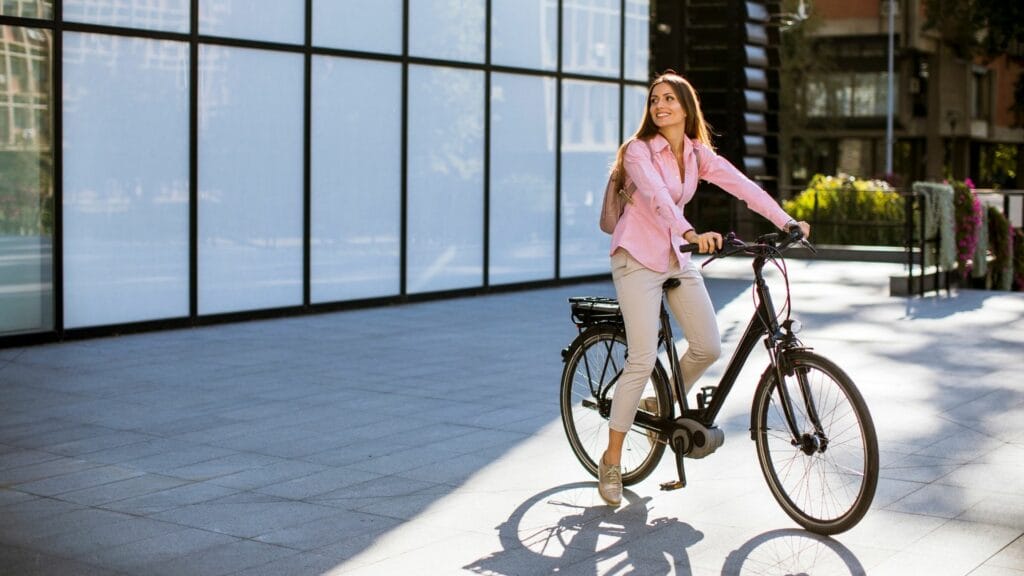
If you are going to a neighbourhood that is close to your home, save your coins by riding a bicycle there instead. It is very efficient as you are guaranteed there will be no delays or you are not cramped in a small train car for ages.
You can also get your daily exercise in too so it really is a win-win situation. It is worth investing your money in a bicycle if you are ready to commit to this money-saving idea as it will really save you money. Some people ride their bike to a closer station to their destination so that the train fare is cheaper, there is a space to lock your bike up whilst you are gone so it is a really handy system.
If you don’t want to invest in a bicycle or you don’t think you will need to use it enough, there are a lot of bicycle rental options around town. There are also pick-up and drop-off bicycle options as well.
6. Use train passes for long-distance travels.
Many people know about the JR rail pass, designed for short-term travellers to explore Japan with all-you-can-ride JR trains for cheap. But did you know there are also JR train passes for foreign residents? These JR passes cover different regions of Japan and allow you to travel for a few consecutive days at a low cost.
It is a good way of saving money if you know you are going to be hopping on and off trains regularly for a set number of days. Some rail passes also include the bus, so see if you fit the criteria to see if you are eligible to buy the rail pass and enjoy your travels for cheaper!
Besides these larger-scale train passes, there are also many day passes that you can buy for all-you-can-ride trains, subways, and/or buses. If you are going to be travelling a lot on a particular day, have a look at different discount ticket options. These tickets are usually available for purchase from the station ticket machine or at the counter, so you can get them easily on the day of your travel.
7. Save on housing.

If you don’t mind walking more than 10-15 minutes from your closest station to get home, your rent will drop significantly, even if you’re living in the centre of the city.
Some people live outside the city in quieter areas such as Kanagawa, Chiba, or Saitama, where rent is much cheaper. You’ll have to make a 1 or 1.5-hour commute into the city for work or leisure, but the money spent on transportation won’t come close to the money you save on rent.
If you enjoy socialising and don’t mind sharing a living room, kitchen, and bathroom with others, consider a share house. There are many of them, especially in big cities, and they are quite affordable. Utilities and household goods are usually included in your rent, so you won’t have to go through the hassle of figuring that out yourself.
8. Use car share instead of car rental.
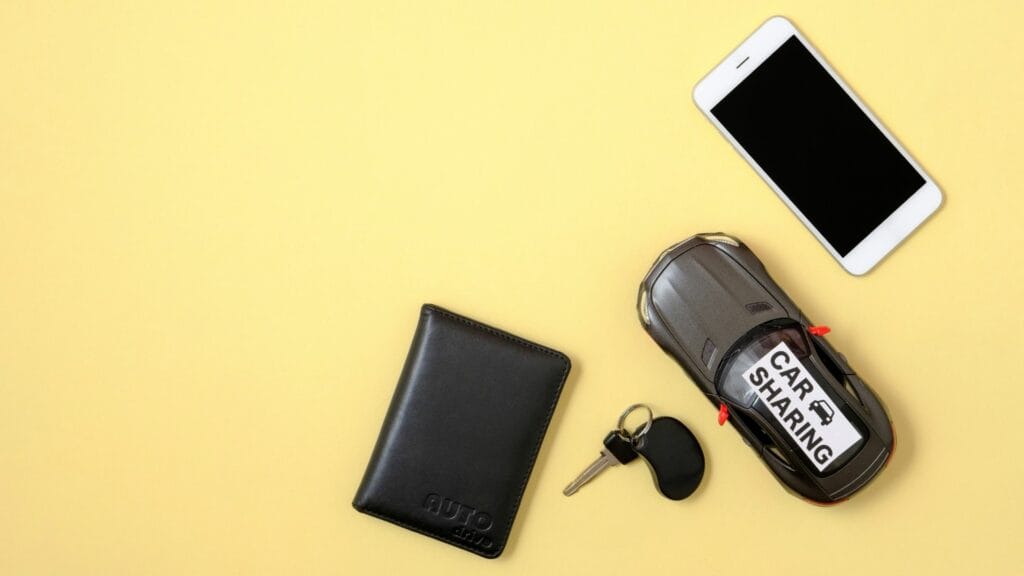
When thinking about going on a road trip, most people might think of renting a car. But did you know about car sharing and how it is more affordable and tends to be very convenient?
Car sharing is a very simple concept to save your money and help the environment. You can access it 24 hours a day via the app or the homepage. Once you create an account, you look for a car closest to your location and reserve it. Upon arrival at the location, you can unlock the car door with your phone or a boarding card.
The car key will always be in the ignition, and you can find a refuelling card and a cleaning kit for when you are done. Once you finish your journey, return the car to the station and then lock the car again with your phone or boarding card. The money will be taken from your registered credit card.

Unlike car rental, you can pick up the car at the car station most convenient for you. There tend to be many car stations, especially in the city centre. You also don’t have to fill up gas. Depending on the car-sharing service, there is little commitment, with the minimum rental period starting from 30 minutes. You can also reserve a car just before your journey. If you need a car for a short period of time, it can be cheaper to use car share than to use a taxi.
If you want to find out more about car sharing, check out the Careco Car Share website to see monthly membership plans. It is the car-sharing service that we think is the best and have used countless times.
Other websites include Eneos Car Share and Anabuki Carna Car Share.
9. Buy groceries from Gyomu Supermarket (業務スーパー).
Gyomu Super means “business supermarket” and they are essentially wholesale supermarkets intended for businesses to purchase and resell. Despite being wholesale supermarkets, don’t expect them to look like Costco or massive warehouses. A lot of them welcome individuals to shop for groceries, and although sometimes the items come in bulk, especially with spices and sauces, most of the time the items are regular grocery sizes.
In Gyomu Supers, you can find local as well as international items for cheap. Besides fresh vegetables and fruit, there are also frozen goods here, along with everything you’d probably need for your kitchen. If you’re planning to cook for a few people or have a party, buying groceries and disposable cutleries from Gyomu Super is a great way to save money in Japan.
Check out what kind of stores are in your area, as well as the special sale dates and point-up days of the stores.
10. Grow your own spices and vegetables.
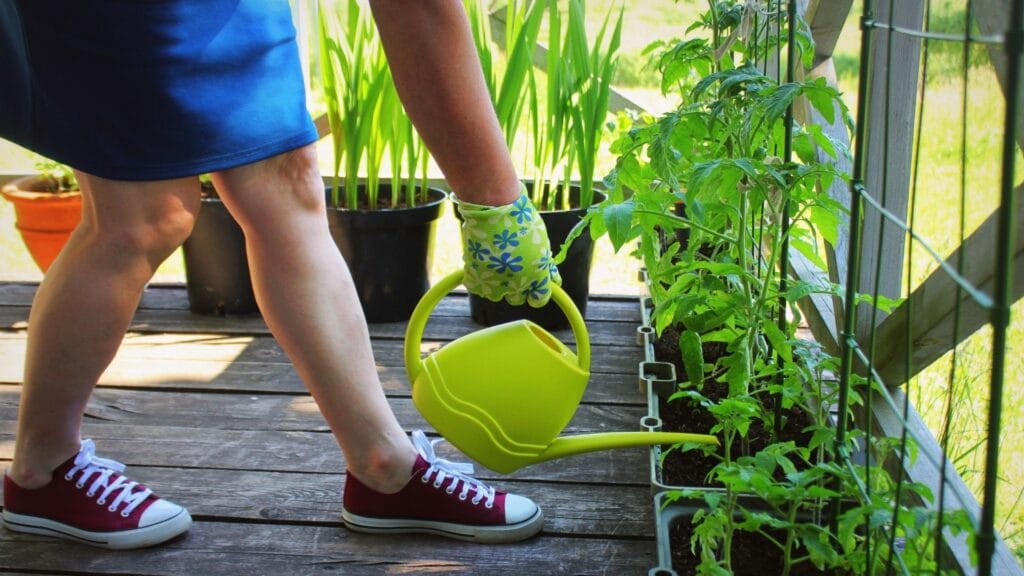
Herbs and spices can get quite expensive. If you like using different fresh ingredients in your cooking, then consider growing your own plants to save money in Japan. These can be plants like basil, rosemary, cherry tomatoes, and others. Many of these plants are easy to grow on the balcony or indoors.
You can get the seeds and grow them yourself, or you can also buy potted plants and start using them right away. You can also find hydroponic cultivation kits for kitchen gardens and general stores.
These plants can serve as interior decorations, and when the fruits and leaves grow, you can harvest them, so you can kill two birds with one stone.
11. Use Mymizu instead of buying drinks outside.
Buying drinks from convenience stores, supermarkets, or vending machines might seem cheap and convenient, but a few hundred yen here and there could end up costing you a lot of money. Plus, it produces a big amount of plastic bottles and cans, and we don’t need to go into how that is harming the environment. To tackle these two problems, we have Mymizu.
Mymizu is a sustainability mission to help people stay hydrated while reducing waste. It is Japan’s first water refill app. Look for your local refill spot online; they are mainly located in shops and cafes where they will let you refill your water for free. It is good for the environment and saves you from continuously buying bottled water. There are challenges on the app where you can join a team to try to enter a competition to reduce as many single-use plastic bottles as possible.
12. Use cashless payment.
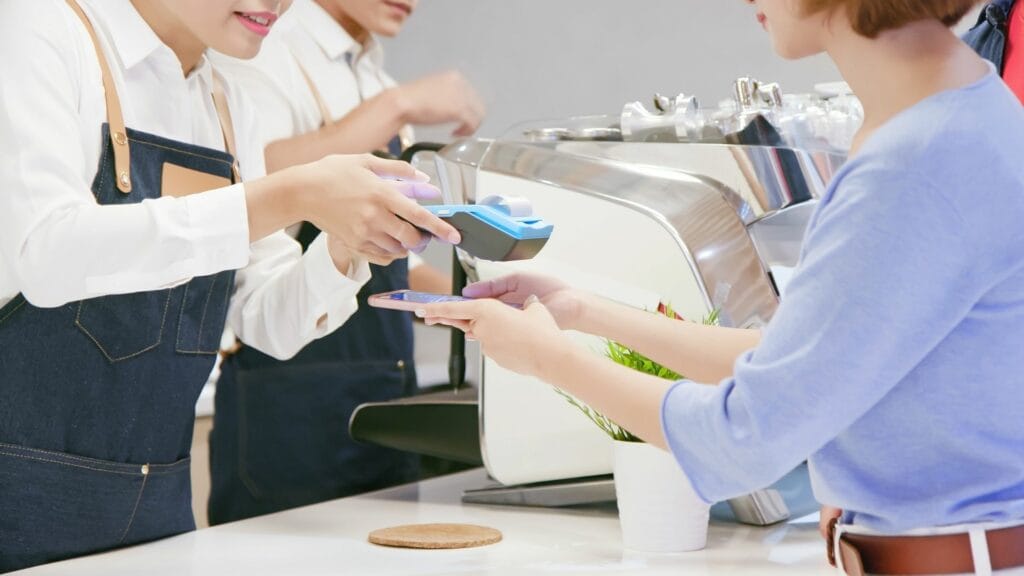
It’s recommended to use cashless payments such as credit cards instead of cash to pay for living expenses. If you pay not only for daily shopping but also for fixed costs like utilities and mobile usage fees by credit card, points will accumulate naturally and it can become a great deal.
It is easy to manage your household budget because it will be deducted from your account all at once on a specific day every month. If you install an application that works with your credit card, you can check your usage details any time you like.
Especially for credit card points, the key to saving money in Japan is to save and use them wisely. With Sumitomo Mitsui Card’s “V points”, you can earn 1 point (equivalent to 1 yen) for every 200 yen (tax included) spent. The accumulated V points can be cashed back to the payment amount of the card and can also be used for online shopping using the smartphone application “V points”.
13. Collect point cards.
Point cards have evolved to become something worth having in your wallet. They are an easy way of collecting points through daily activities such as refilling gas, eating out, and everyday shopping! By collecting points, they can be converted into electronic money, which you can spend on goods at stores affiliated with the point card.
There are many different variations of point cards associated with big companies such as ANA, McDonald’s, and SoftBank. In most cases, for every 100 yen you spend, you get one point, so you can imagine how many points you can gain if you are a shopaholic! Another great advantage is that you can gain points by paying for your monthly bills such as phone, water, and gas, which is an efficient way to make easy points.
There are also ways of collecting bonus points, so be sure to check out these websites below to see which point card best suits you:
- Rakuten Point Card
- T-point Point Card
- D-point Point card
- Waon Point Card
- Nanaco Point Card
- Ponta Point Card
14. Eat out during lunch instead of dinner.

Being in a country with the highest number of Michelin-starred restaurants in the world, there’s no doubt that there are countless incredible places to dine out and explore. At every turn in big cities like Tokyo and Osaka, you can run into another restaurant worth a visit.
Luckily for us, many restaurants in Japan offer affordable dishes and courses during lunch. For affordable restaurants like local ramen shops or family restaurants, you can get extra servings for free, free toppings, or sets for even cheaper during lunchtime. For some restaurants where you can expect to spend around 5,000-10,000 yen for dinner, they offer lunch courses for half, a third, or even a quarter of the price. Some restaurants even offer affordable buffet-style lunches.
This is because there is a culture of eating out in Japan, and lunch tends to be a quick fix, whereas dinners are more extravagant and take longer. Also, people tend to drink during dinner, which ends up racking up the bill. Many restaurants make the most money during dinner, and since they also have the space for lunch, they offer more affordable options to get people in the door.
If you are a foodie and want to eat out but want to save money in the meantime, eat out during lunch instead of dinner. Eating out during weekdays can also be more affordable than eating out during weekends, depending on what the particular restaurant offers.
15. Take advantage of restaurant deals.

Websites such as Hot-Pepper and Tabelog list thousands of restaurants and their information (opening hours, price range, photos, etc.). They usually offer great discounts and deals, so be sure to look up a restaurant on those websites before going.
Do not go with people who offer you “great deals” on the streets. Most of them are scams, and you would end up spending way more than you’d hoped. I’m speaking from my own experience here.
16. Maintain the temperature in your home.
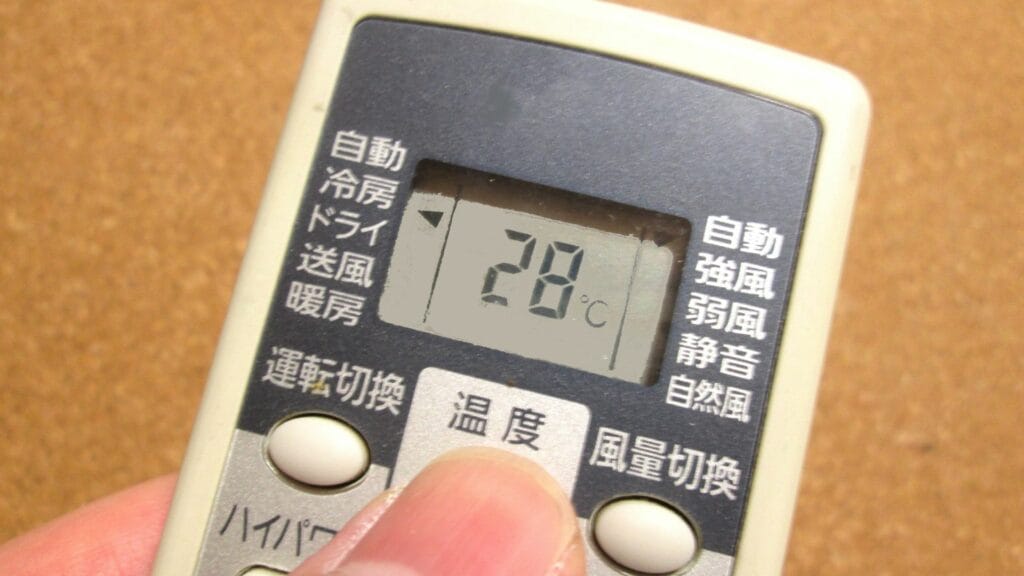
Did you know that temperature control can save you a lot of money and also help the environment?
During the cold winters and hot summers, you are bound to want to turn on your heater or air conditioning. For both cooling and heating, the larger the difference between the room temperature and your set temperature, the more power it needs. Reviewing the set temperature is a great way to save electricity and, ultimately, your money.
When cooling, set the temperature to 26-28°C and use a fan or circulator to get the cold air moving around the room, so you can save electricity. It is very effective to use blackout curtains to block the heat coming in from the window or to put blinds outside the window to create shade. Even when you’re using the heating, closing the thick curtains tightly to prevent the outside cold air from entering the room also makes it difficult for the warm air inside the room to leak to the outside.
Additionally, just removing the dust from the filter of the air conditioner with a vacuum cleaner once every two weeks will improve the effectiveness of the air conditioning and save electricity. If you’re out for less than 30 minutes, leaving it on will consume less power than turning it off and on.
In winter, it is also recommended to use a kotatsu, which consumes less power than an air conditioner. It warms your body from your feet up. When using a kotatsu, tuck the kotatsu futon and use a rug as a heat insulating sheet on the floor to prevent heat from escaping.
Living Affordably in Japan
These are some of the best ways to save money in Japan. Even in one of the most expensive countries, there are ways to live affordably. By shopping smartly, making use of discount opportunities, and being mindful of your daily habits, you can significantly cut down on your expenses.
Remember, saving money in Japan doesn’t mean compromising on your experience. Instead, it’s about making informed choices and taking advantage of the various cost-saving options available. By implementing these strategies, you can make the most of your time in Japan and create unforgettable memories without financial stress. Keep these tips in mind, and I hope you are able to apply them in your everyday life in Japan.
Here’s another money-saving tip: Make sure you get the most bang for your buck when travelling around Japan by booking one of our tours! If you’re going to spend precious yen travelling domestically, you might as well do it guided by local experts who can show you the best of what each location holds! Hit us up and let’s explore the country we’ve decided to call home.
Happy saving and enjoy your adventure in this incredible country!



